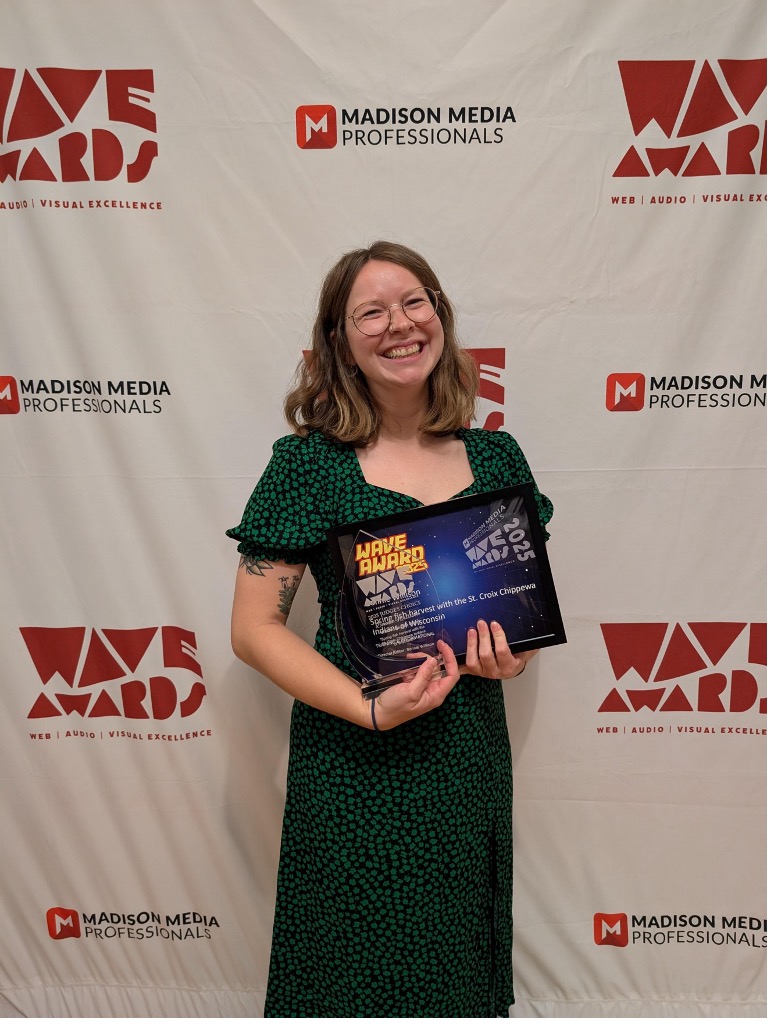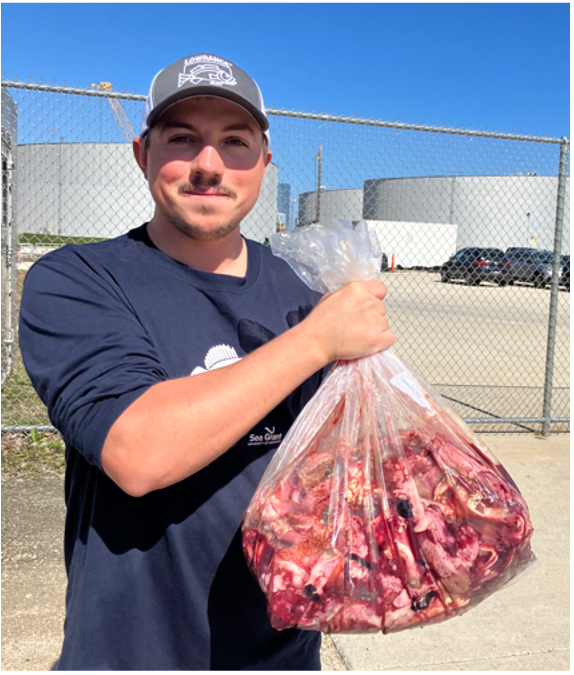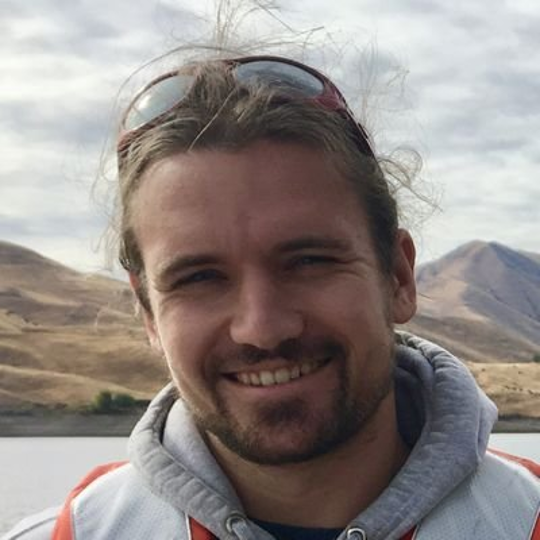The city of Superior, Wisconsin, is surrounded by water. The St. Louis River bounds it to the west, the Nemadji River to the east, the Pokegema River to the south, and the harbor and Lake Superior to the north.
“Protecting that water as well as our overall natural environment should be one of our highest priorities,” said Superior Mayor Jim Paine. To that end, city staff and a contractor are beginning a process this summer, led by Wisconsin Sea Grant’s Julia Noordyk, to review and update city codes and ordinances to reduce stormwater pollution.
The effort is thanks to a grant from the Wisconsin Department of Natural Resources and involves something called a green infrastructure audit. Green infrastructure includes creating natural water-collecting features like rain gardens, permeable pavement and green roofs to help soak up snowmelt and rainwater. This runoff water can often be laden with contaminants like salt in the snow or oil from roads. It bears a toxic load as it infiltrates surface waters or groundwater.
Interest in a green infrastructure audit grew from a workshop Noordyk, water quality and coastal communities outreach specialist, put on last year in Duluth with staff from Minnesota Sea Grant.
“We did a full-day workshop for communities around the Duluth-Superior area,” Noordyk said. “We had planners, city staff and stormwater engineers in the room. We talked about why green infrastructure is important and why codes and ordinances are important to green infrastructure implementation. Then the communities did an exercise that included community scoping and applying the audit tool to their stormwater ordinance.”
The workshop spurred the idea of cooperation between Superior’s Environmental Services Division of Public Works and Noordyk, which led to the successful grant proposal for the code audit. Activities will follow the process outlined in Wisconsin Sea Grant’s Tackling Barriers to Green Infrastructure: An Audit of Local Codes and Ordinances workbook, which involves community scoping, auditing codes and ordinances, and developing a strategy for adoption of the changes.
Noordyk expects to have her work cut out for her, playfully stating, “I’ve already heard that Superior’s zoning code is a monster.” The mayor echoes this viewpoint. “I think everybody agrees that our zoning codes need revision. The most important thing, though, is that we have a vision for what kind of city we want as we’re revising them.”
Noordyk stresses that this is a community-driven process. “The main strategy is to bring everyone on board at the beginning. We’re not trying to do code changes that the community is against. The code audit is about going through the process and figuring out what changes make sense and will help the community reach its goals.”
The process will take several months and several community meetings. The first will be on May 15 when Noordyk makes a presentation to the Superior City Council, which is the organization that needs to approve any code and ordinance changes.
Mayor Paine is excited about the green infrastructure audit. “It’s one more step toward making a better city. Green infrastructure is generally cheaper, it’s permanent and it does the job better than anything else we can create,” he said.





